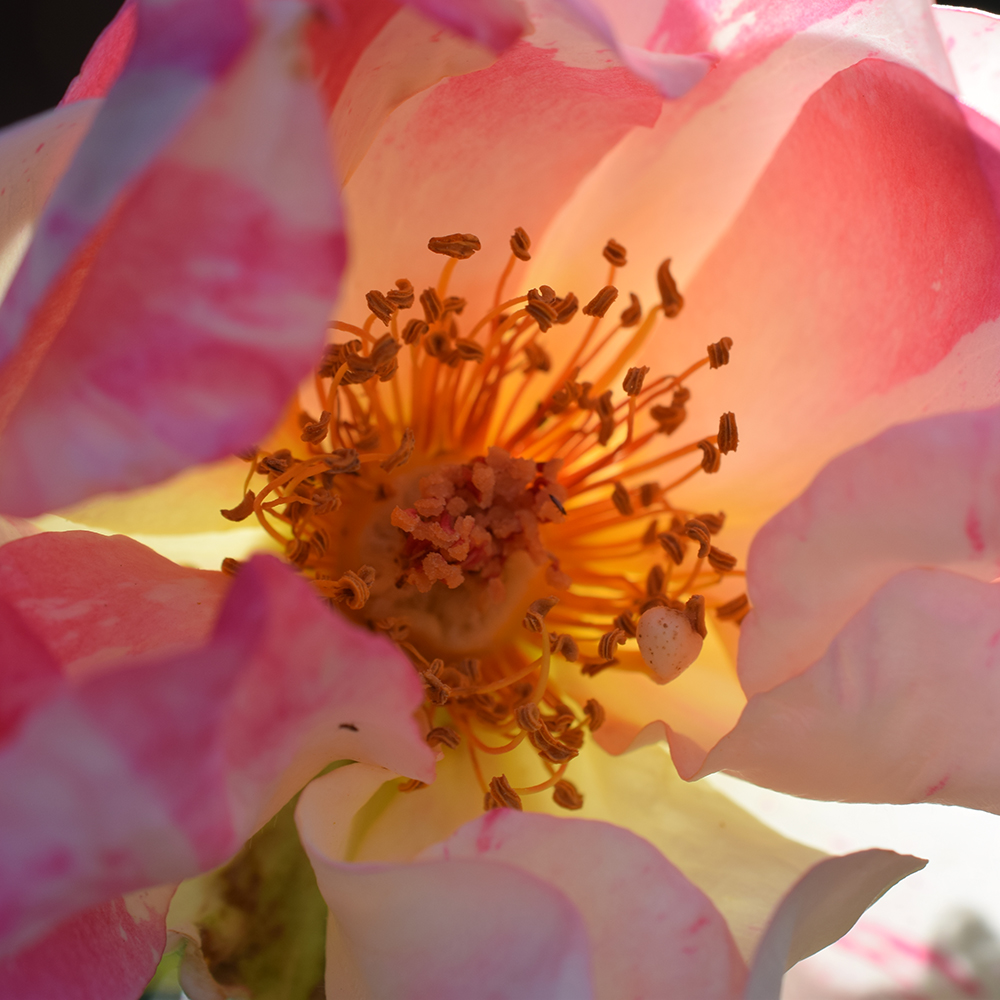
Rose bushes have always been popular with gardeners due to their large, beautiful blooms, but some varieties are not without their share of work. Some traditional roses can be prone to a few common challenges. When left untreated, the spread of powdery mildew, rust, and black spot can damage a rose bush and undo all the hard work you put into planting it. It’s important to be on the watch for these common problems and treat them as they develop, so that your rose bushes live long healthy lives. Also, read our blog on aphids so that you can be on the lookout for those pests as well since they love roses’ supple new growth!
Powdery mildew is a fungus, which usually begins to grow during cool, moist nights. In Southern California, this is not a problem we face every year. It is typically seen during springs that are particularly cool and moist. When condensation forms on leaves (either from moisture in the air or overhead watering), this allows the mildew spores to germinate and spread. Drip irrigation is especially important for rose bushes and many of these problems can be prevented through proper irrigation. With powdery mildew, you’ll first notice young leaves crinkling, and then small patches of powdery, white mold which appear on leaves, stems, and even the roses themselves. The fungus feeds off of the nutrients and moisture plants, and can spread quickly when left unchecked. While this kind of mildew can go untreated without killing the plant, the while powder is considered unattractive by some.
Black spot is another fungal disease, which attacks rose bushes. It begins as black spots on leaves, and as it progresses leaves will turn yellow and fall off. In time the entire bush may become defoliated. Like powdery mildew, the growth of black spot is encouraged by moisture, and young leaves are especially susceptible to the fungus. In some parts of the United States, roses are more prone to Black Spot, but California is lucky not to struggle too greatly with this affliction. Some roses are more susceptible to this than others and choosing solid, disease resistance varieties is very important.
Rust is another common fungus which attacks rose bushes, and is most prevalent in western states. This is a rose challenge that we see much more regularly in Southern California. It appears as reddish orange spots on the undersides of leaves, and yellow spots on the tops. Eventually this fungus will cause complete defoliation of the plant. Again, this will typically not kill the rose bush but it will stunt growth and cause fewer blooms to be produced.
Luckily there are measures you can take to prevent and treat all three of these fungal infestations. Watering plants from the roots will help to avoid moisture clinging to leaves, and treating dormant plants with lime sulfur in the spring will help them resist disease. Choosing disease resistant varieties and roses well suited for the Western US is particularly important. When removing infected leaves, make sure to bag and throw them away, or burn them. Composting them or leaving them at the base of the plant will only help fungal spores return to your garden.
If your best efforts at prevention fail and you do spot a fungal infection on your bushes, the following home remedy can be mixed and sprayed onto your bushes.
Baking Soda Spray
1 tbsp vegetable oil
1 gallon unchlorinated water
1 tbsp apple cider vinegar
1 tsp regular flavor Listerine
1 tbsp liquid soap

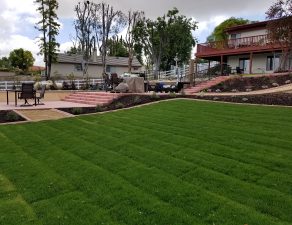
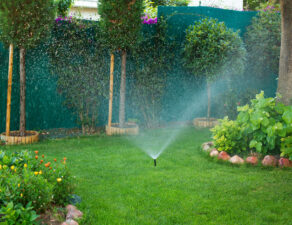

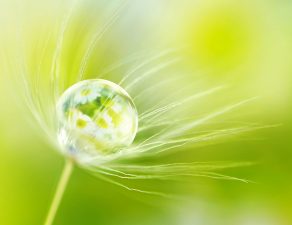
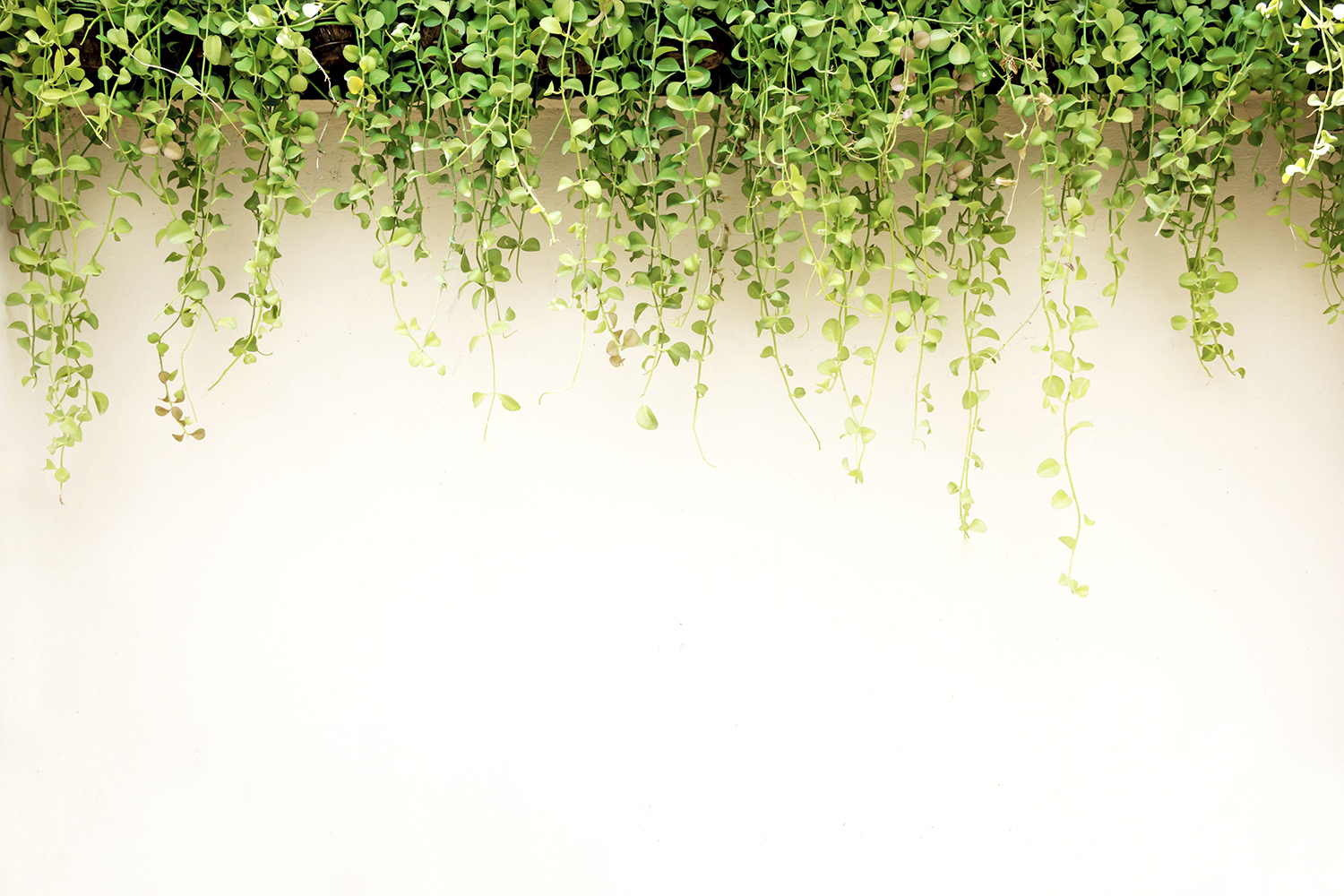
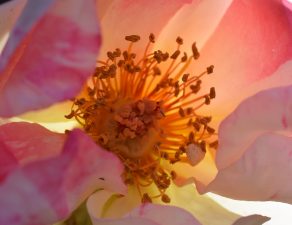
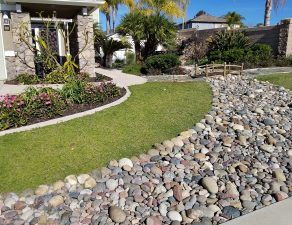
Write a comment: